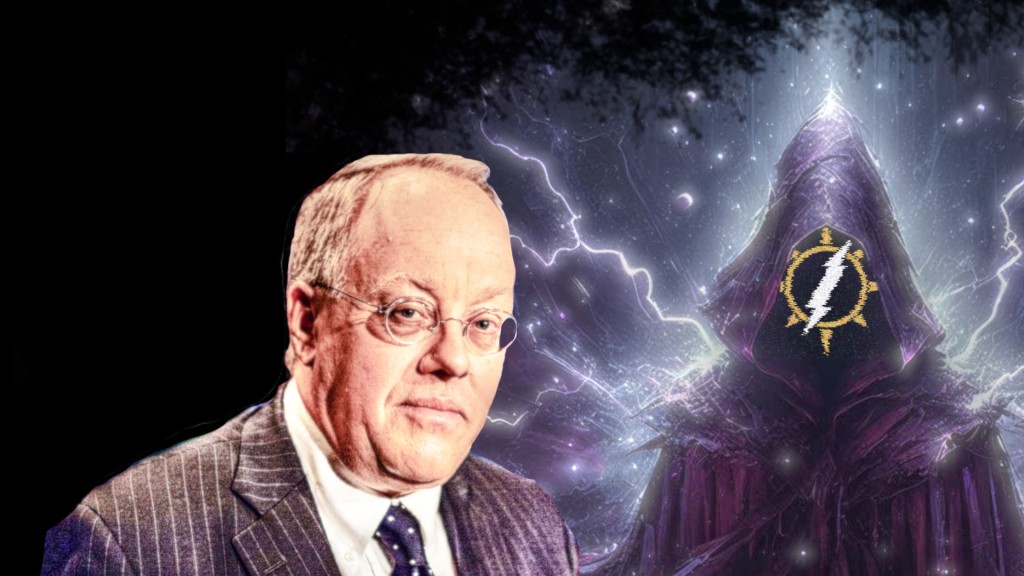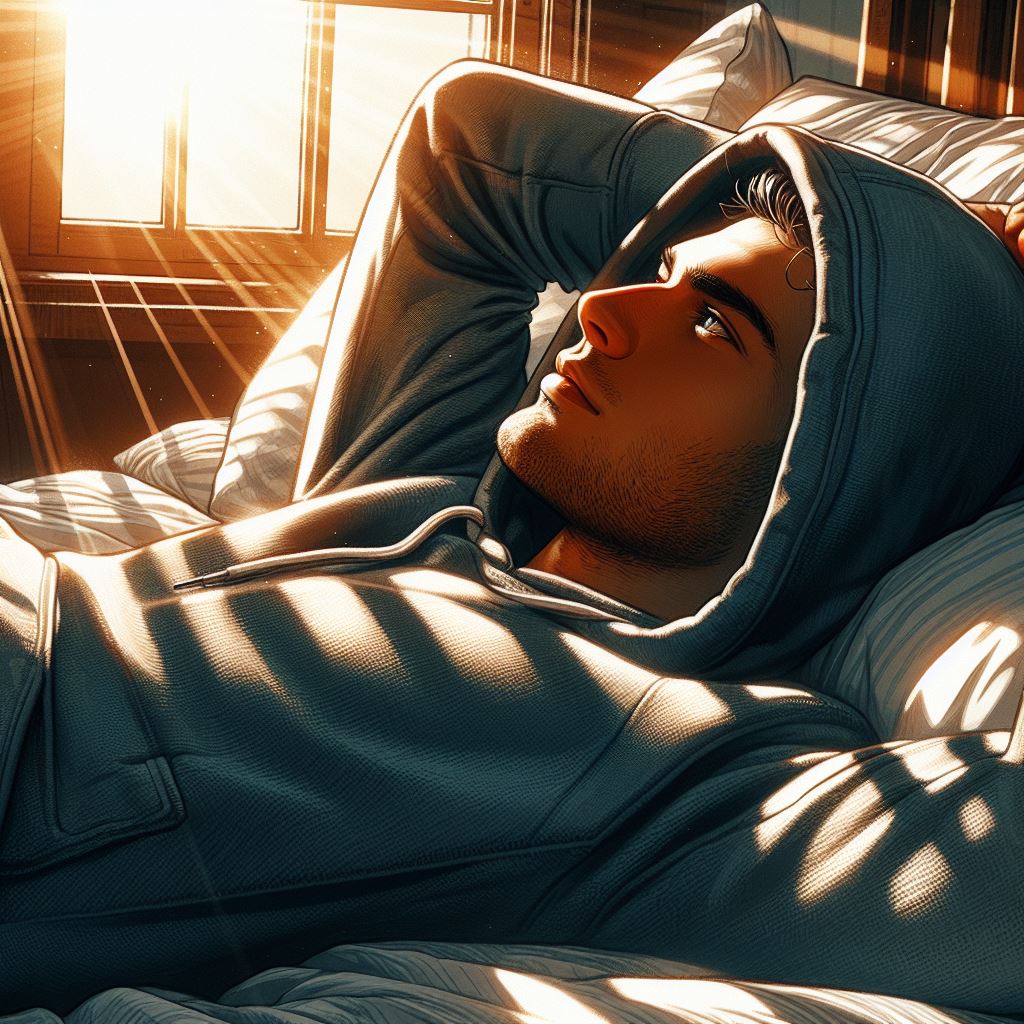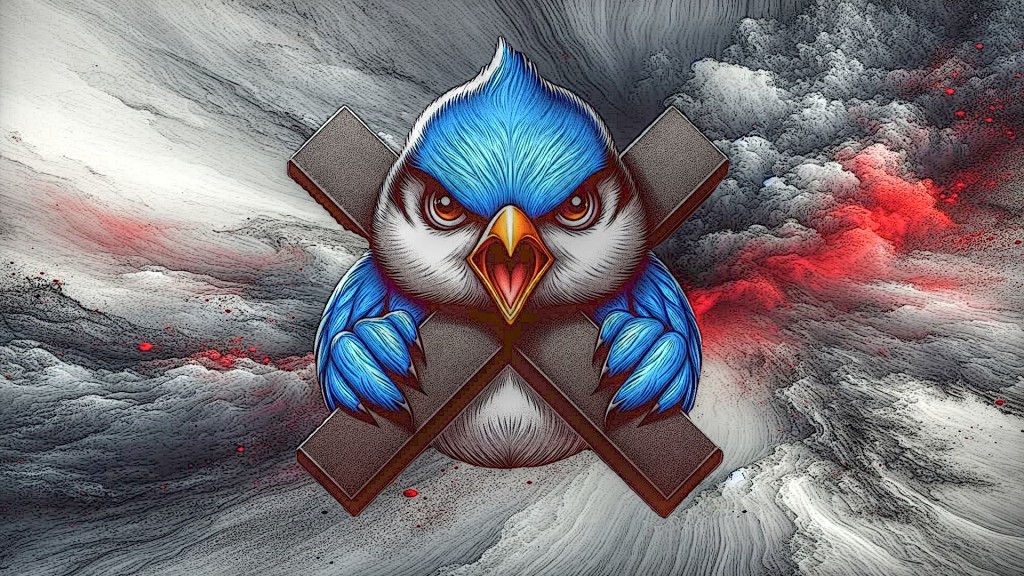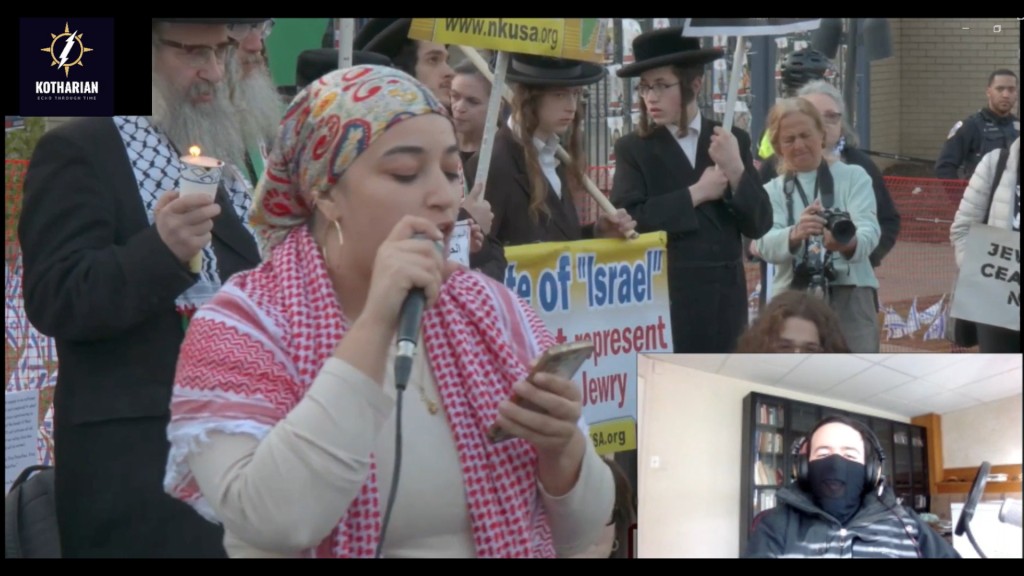From Pawnee Folklore
The Kitkehahki were to have a great bundle ceremony known as “Karipiro.” This ceremony was the greatest of all and lasted four days. The people invited the Chaui and the Pitahauirat. These two bands were far away, so that runners had to be sent out for them. When all the people had gathered together it was time to go after the tree that formed the center pole of the ceremonial lodge. The priests opened the sacred bundles and sang the rituals explaining why they were to get the tree. When the priests came to that part of the ritual that spoke of the tree, the people – men, women, and children – arose and started for the timber, which was about four miles away.
Among the boys who went out for the tree was one who was called Proud-Boy. At that time he was not proud. Among the girls was one whose father was one of the leading men from the Pitahauirat. The boy noticed the girl, but the girl did not notice him. When they neared the timber, young warriors were sent through the timber to find a suitable tree. They came back with news that the enemy was in the timber. Then an old warrior was selected to go and defend the tree. This man sneaked through the timber and sat in a position to pounce upon the enemy when he approached. The people on horseback rode into the timber and brought news that the enemy was alone. The enemy kept going nearer to the place where the man was concealed. At last an attack was made and the man killed the enemy. The tree was found and a young girl was selected to cut the tree first. Then the warriors assisted her. As the tree fell there was great shouting by the men, and the women gave their war cry. The tree was then taken up by the men on horseback. Other men rode alongside, so that when the men who were carrying the tree became tired they might take their places.
A command was given for the men, women, boys, and girls to run to the village. The winner of the race to the village was to become holy, and red ointment was to be put on his body. If the winner was a woman she lived with the priest until the season was over; if a man, he wore a holy robe and was appointed by the priests during the whole season. In the race, Proud-Boy ran near by the girl, but he could not keep up with her, for she was a swift runner. Everybody was present when the tree was carried into the village and set in place. Proud-Boy wore his paint and fine clothing all the time, for he was always on the lookout for the girl. His clothing consisted of a buffalo hide string, about two feet long and about two inches wide, which was tanned on one side and had hair on the other side. The ceremony was performed, visiting tribes returned to their homes, and the Kitkehahki were left alone in the village.
That summer the Kitkehahki went buffalo hunting. They killed many buffalo. The young men in the tribe consecrated many buffalo and took the meat to the lodge of the priests. The meat was jerked, and it was decided that they were to have another ceremony, similar to the one they had had before. The Kitkehahki returned to the village, and early in the spring a runner was sent out again to invite other tribes to the ceremony. The tribes came together again. Proud-Boy watched for the girl. He saw her. She was dressed in beautiful garments. She had a buckskin skirt, and her dress was of young buffalo calf skin, tanned and dyed black. Her leggings were of buffalo hide, and young calf hoofs were hung down the sides of them. Her moccasins were also black buffalo hide. The boy went home and told his father that he thought it was time he had something to wear. His father gave him a piece of buckskin and a buckskin string to tie about his waist. He was disappointed, for he wanted leggings. He went to his aunt’s and she made the boy a pair of elk moccasins. The boy painted up the best he could, and as he dressed he said to himself: “I have laid away my buffalo string. I am getting to be a young man.”
The ceremony was performed. Again the people went many miles away to get the tree. Some rode horses and others walked. Proud-Boy stayed around where he could see the girl. After they had found the pole and given it to the men on horseback to carry, a command was given fo the people who were on foot to race to the village. Proud-Boy ran near the girl until she went ahead of him. He lost sight of her, but he kept on, and when he reached the village he saw the girl sitting by the priests; and he at once knew that she had won the race. Some said the girl had not won fairly, for they had seen some one carrying her on horse-back. Because there was some doubt, the people agreed to go after another, so that the race might be run again, he went to the priests and asked that the race be put off until the next day. The priests agreed to this. The girl was sent home. Her father took a small calf robe and painted the inside red. “This,” he said, “my daughter, you shall wear to-morrow in the race.”
The next day a crier went through the village to tell the people to get ready to run. The girl had on only her black skirt and black moccasins, and the calf robe over her shoulders. She looked beautiful, the boy thought. They went near the timber; then a command was given for the people to run. They ran. People on horseback rode on either side of the procession. Proud-Boy ran as fast as he could. He did not try to get near the girl, for he wanted to run his best. Finally he began to give out. Then he saw to his right something red, waving or floating in the air. Proud-Boy looked, and it was the girl. The red calf robe was tied about her shoulders and with her left hand she held her skirt. The boy held his breath, for he saw that the girl was passing everybody, even some men whom Proud-Boy knew to be good runners. Proud-Boy ran on with all of his strength, and as he ran he watched the red robe.
When Proud-Boy saw that the girl passed everybody and was in the lead, he gave a war whoop and fell exhausted. When he arose he said: “Now I know that she beat them all. This day I call upon the heavens to help me make her my wife. I shall go upon the war-path, capture ponies, kill the enemy, and take a scalp; then I can claim her. I shall give many ponies for her, and the head priest shall lead me to her lodge. My father thinks I am still young, but I feel that I am now a man.” All this the boy said as he walked to the place where the priests were seated. He saw the girl seated in front of the priests. The priests were satisfied; for as one of the priests arose and appointed her body with the holy ointment, they all sang. As the pole was being raised and put into the hole, and as they were shouting and crying to the gods. Proud-Boy, although not yet a warrior, stood among them and shouted. His cry was really a petition to the gods to favor him and to help him to win the girl who was now sitting before the priests. The singing was kept up by the priests for one whole day and one whole night.
The next day the girl was taken to the lodge of the priests and there she had to live. Her parents the had to live with these people, although they belonged to the Kawarakis, a band of the Pitahauirat. The girl had to sit under the bundle all of the time. She did not like this, for she wanted to go out and play with the girls, but the old man spoke to her and said: “You have holy ointment upon your body and you yourself are holy. You must sit still, for if you should go out and make any noise, the winds would hear you and would not send buffalo. If you play you will make a noise upon the ground that will scare the buffalo away, and the gods in the west would hear the noise and they would think that the people did not want cool days in the summer, nor rain.” So the girl lived with the old people and became the keeper of the sacred bundles. Proud-Boy would go at night and peep into the lodge to see the girl.
The time to go on the buffalo hunt came. On the journey she had to carry the sacred bundle upon her back. When the journey was ended the bundle was placed upon the sticks and she sat down in front of it. Proud-Boy would pass by many times before the bundle was taken into the tipi and hung up. When this had been done, the girl had to go and sit down under the bundle. The people had not gone very far when they found many buffalo. The men went out and surrounded the buffalo. They killed and brought the meat to the priests’ lodge, where the girl was. The tongue and heart were boiled for the girl and this was all she ate. When the people had killed many buffalo and had plenty they went back to their village. As they neared the village, scouts were sent on ahead to see if the corn, beans, and squash were good. The runners went, and when they came back, they brought corn, beans, and squash and reported good crops.
When the people entered the village, corn, beans, and squash were gathered, and the priests gave a ceremony, so that the girl might be washed. The priests met, the bundle was opened, and sweet-smelling grass was put upon glowing coals that were now placed in the southwest of the lodge. The contents of the bundle were waved over the smoke and were again placed upon the wrappers. The girl was taken to the smoke and a ritual was recited while the holy ointment was removed from her. The eyes of the gods were wrested from her after the ointment had been removed, so that she became the same as any other girl. Before telling her of her freedom, the high priest took some wild sage and dipped it into a bowl of water. With this he made motions about the girl, but did not touch her. Then she was taken by her grandfather, who took some fresh fat from the holy meat and greased her with it. She was told to be seated on the north side of the lodge. When the singing was all finished, all offerings of meat and corn were first given to the girl, then to the others. The girl was given meat, then the priest took her by the hand and placed her by her grandfather, who, after the ceremony, led her home.
At this time Proud-Boy told his father that he wanted to marry the girl. The girl was now known as Yellow-Corn, for the reason that she represented Mother-Yellow-Corn. The father spoke and said: “My son, you can not marry Yellow-Corn. You have not walked over this earth to the enemy’s camp, you have no scalps over your tipi, you have no ponies staked out around our tipi, you have not brought in any small game, and you can not yet shoot the buffalo under the shoulder.” “I know,” said the boy, “but my father is a great chief. He can give many ponies for his son. He has men who will kill buffalo for his son. My father has many scalps What more do you want?” But his father said: “My son, you can not have Yellow-Corn, for you have made no sacrifice to the heavens; the heavens have not seen nor received your smoke. Do not think about marrying Yellow-Corn. You shall marry when I think best.” The boy was sad.
That winter he was not the same as usual. His grandfather made him bow and arrows and he wandered about over the country. In the spring his people had many ceremonies, but the other tribes were not invited. The following winter the people went on a buffalo hunt and brought much dried buffalo meat back to camp. In the meantime the boy grew up, but he was not the same boy that he had been. He sat about his father’s lodge with his head down, until he went to his bed. He did not care to play with the boys nor to listen to the talk of the old men. The next spring some people came from the other tribe and told that Yellow-Corn had married the greatest warrior in the village. His mind was disturbed. He threw away his bow and arrows. The robe that had been given him he laid aside. The leggings that had been given him he gave to his mother.
Source:
The Pawnee Mythology: Part 1, George A. Dorsey, 1906





